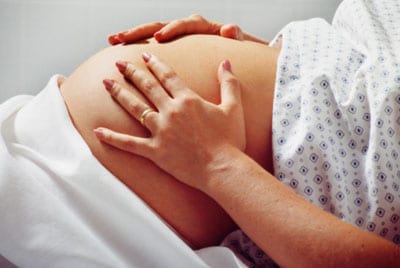Search Results for: deliver special
Smoking Effects on Fetuses
When you’re pregnant, you take a lot of steps to ensure the health of your developing baby. You eat all the right foods and exercise daily. You get plenty of rest and try to reduce your stress levels. And you make sure not to miss a single prenatal appointment. But if you’re addicted to cigarettes, stopping smoking is one of the most significant things you can do to deliver a healthy baby. According to a survey by the U.S. Public Health Service, nearly 20 percent of women smoke while pregnant. Unfortunately, the harmful compounds found in cigarettes can impair, and even be fatal to, a developing fetus.
5 Pros and Cons for Surrogacy
Surrogacy is a very controversial subject. Some religious organizations forbid their members from participating in surrogacy, no matter how desperate they are to have a child. Whatever the reason that couples might consider surrogacy, they must carefully weigh the pros and cons before proceeding. There are different factors that people who are considering surrogacy have to go through, from the time to decide whether they would go forward with it, to choosing the surrogate mother, the procedures involved, the fees required and the overall time frame. Each of these factors has its own pros and cons.
Is Walking Exercise Safe in the First Trimester of Pregnancy?
Is it safe to start a walking program during the first trimester of pregnancy? Most experts say yes. The American College of Obstetricians and Gynecologists (ACOG) recommends regular exercise during the first two trimesters. The American College of Family Physicians (ACFP) says that exercise gives pregnant women more stamina and helps build muscles before childbirth.
The Best Diet After Pregnancy
Many new mothers are anxious to begin losing the weight they gained during pregnancy after they have given birth. The nutritional needs of a new mother during the postpartum period are just as important as they are during pregnancy. Pregnancy can rob a woman’s body of iron and other vital nutrients. Eating a healthy diet after pregnancy can help restore nutrients and give a new mother extra energy during the sleep-deprived early weeks of new motherhood.
Exercise During Pregnancy & the Postpartum Period
Exercise is important both during pregnancy and after, but many new moms are afraid of what effects exercise may have on their babies and their own bodies. And there are limitations to what you should do during and immediately following pregnancy; this isn’t the time for extreme sports or a demanding aerobics class. However, if you combine some simple toning and strengthening exercises with a safe cardiovascular activity, you can maintain a fit body throughout the whole process of pregnancy and birth.



